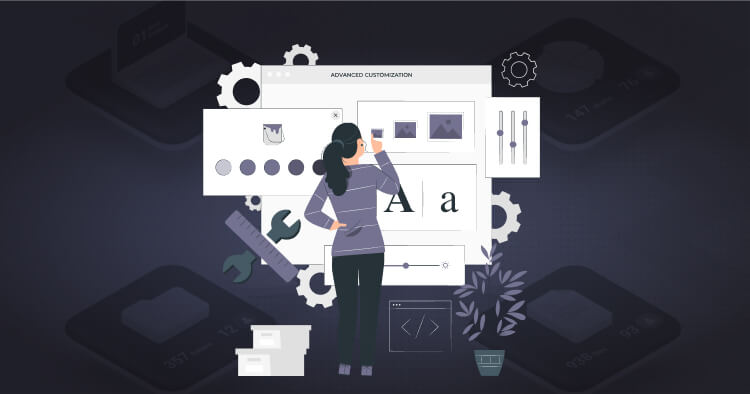Offline Video Download and Video API: Enhancing User Experience
The demand for seamless video content delivery is ever-increasing. Two key components playing a pivotal role in this arena are offline video download and Video API (Application Programming Interface). Both these elements significantly enhance user experience, offering flexibility and integration capabilities that were once deemed futuristic.
Understanding Offline Video Download
The ability to download videos for offline viewing has revolutionized the way we consume media. With the advent of high-quality streaming services, users now seek the convenience of accessing their favorite content without being tethered to an active internet connection. Offline video download caters to this need by allowing users to save videos on their devices, which can be watched anytime, anywhere, irrespective of network availability.
Benefits of Offline Video Download
Accessibility – Offline downloads make content accessible in areas with limited or no internet connectivity. This feature is particularly beneficial for commuters, travelers, or individuals living in regions with unstable internet connections.
Data Usage Optimization – By downloading videos during off-peak hours or on Wi-Fi networks, users can save on mobile data costs and avoid buffering issues during peak times.
User Convenience – Users have the freedom to curate their own playlists and watch videos at their leisure, enhancing the overall viewing experience.
Challenges in Offline Video Download
While offline downloads offer numerous benefits, there are challenges too. Content security is a prime concern, as it’s crucial to protect against unauthorized distribution. Additionally, ensuring compatibility across various devices and operating systems can be a daunting task for content providers.
The Role of Video API in Streaming Services
Video API is the backbone of modern streaming services. It serves as a bridge between the video content stored on servers and the end-users’ devices, facilitating a range of functionalities from video playback to analytics.
Key Features of Video APIs
Content Management – Video APIs allow for efficient management of large video libraries, including uploading, organizing, and updating content.
Customization and Control – They offer extensive customization options, enabling providers to tailor the playback experience according to user preferences and device capabilities.
Analytics and Insights – Advanced analytics capabilities of Video APIs help in understanding viewer behavior, preferences, and engagement levels, which is invaluable for content strategy and monetization.
Scalability – Video APIs can handle varying loads, ensuring smooth streaming experiences during peak traffic.
Integrating Offline Video Download with Video APIs
The integration of offline video download capabilities with Video APIs is a game-changer. It allows streaming platforms to offer a more robust and flexible service. This integration typically involves:
Secure Content Delivery – Ensuring that downloaded content is securely stored and encrypted on the user’s device to prevent piracy.
Quality Adaptation – Allowing users to choose the download quality, thereby managing device storage efficiently.
User Authentication – Implementing authentication protocols to ensure that only authorized users have access to download and view offline content.
Future Trends and Developments
The future of video streaming is incredibly promising, with advancements in both offline downloads and Video APIs. We’re looking at the possibility of more personalized content recommendations, enhanced interactive video experiences, and even tighter security protocols to protect against digital rights violations.
Challenges and Opportunities
The primary challenge in this space revolves around balancing user experience with content security. As technology evolves, so do the methods to breach digital rights. Therefore, continuous innovation in encryption and security protocols is vital.
Another challenge is the ever-increasing user expectations for high-quality content delivery, both online and offline. The opportunity here lies in leveraging AI and machine learning within Video APIs to enhance content discovery and delivery, thereby meeting and exceeding user expectations.
Conclusion
In conclusion, offline video download and Video API are not just buzzwords but essential components of the contemporary digital streaming narrative. They collectively contribute to a more versatile, user-friendly, and engaging video streaming experience. As we move forward, the continued evolution in these areas will undoubtedly redefine the boundaries of digital media consumption, making it more accessible, enjoyable, and user-centric than ever before.
Stay tuned for more news & updates on Discover Tribune!






